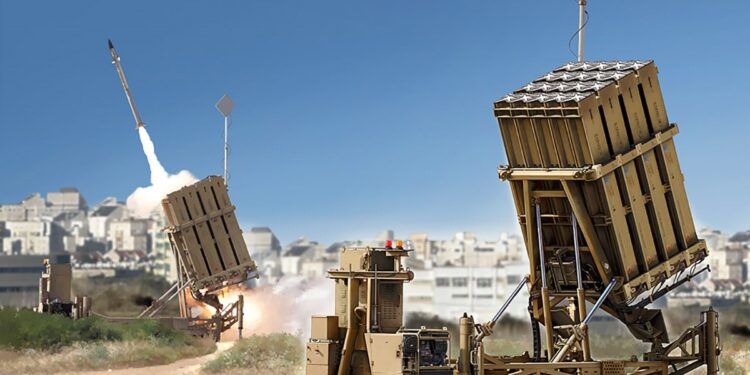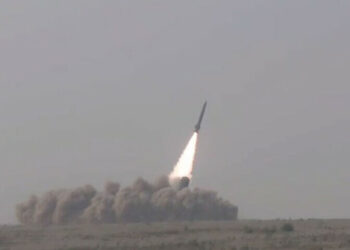The United States is reportedly preparing to supply Israel with Iron Dome air defense systems. This move is in response to persistent rocket attacks carried out by Hamas and Hezbollah militants, as cited by anonymous sources within the Pentagon.
“The United States will provide Israel with additional Iron Dome systems. The Department of Defense is currently planning the delivery of American Iron Dome batteries to Israel,” a Defense Department official stated.
The source revealed that two Iron Dome batteries, also known as “Iron Dome,” are being prepared for transfer to Israel. Additionally, 300 Tamir interceptor missiles will be included with this anti-air system. The report does not disclose the logistics of how the anti-air systems will be transported or their estimated time of arrival.
Israeli defense company Rafael delivered the first ordered Iron Dome battery to the United States on October 1, 2020. The upcoming systems aim to strengthen Israel’s air defense after Hamas initiated large-scale and coordinated rocket and drone attacks against the country on October 7.
The Iron Dome anti-missile defense system is one of the most advanced examples of military technology in the realm of air defense. Jointly developed by Israeli defense company Rafael Advanced Defense Systems and American company RTX (formerly known as Raytheon), the system first became operational in 2011. It was designed to protect Israel from short-range rocket fire and mortar shells originating from the Gaza Strip and Southern Lebanon.
The design of the Iron Dome includes several key elements that work in tandem to detect, track, and neutralize aerial threats. The system is equipped with a sophisticated radar station that scans the sky for potentially dangerous targets. Once a target is identified, the information is relayed to a fire control center where complex algorithms evaluate the projectile’s trajectory. If the projectile is deemed to be a threat to populated areas or critical infrastructure, a decision is made to intercept it.
The core of the system consists of its Tamir missile launchers. These missiles are designed for very rapid and precise interception, often just a few kilometers from their target. Thanks to their advanced guidance and high maneuverability, Tamir missiles can intercept projectiles in flight, even at low altitudes, with a high success rate. Typically, an Iron Dome battery is equipped with three launchers, each containing up to 20 Tamir missiles.
One of the unique features of the Iron Dome is its ability to make real-time calculations to determine whether an incoming enemy projectile will land in an unpopulated area. In such cases, the system may choose not to intercept the projectile, thus saving valuable resources. This feature is particularly useful in the Israeli context, where each intercepted shot can cost tens of thousands of dollars, making defense against mass rocket fire potentially expensive.
Over time, the Iron Dome has evolved to counter a broader array of threats, including drones and cruise missiles. Its success in conflicts and periods of tension has garnered international attention, leading to export agreements and cooperation with several other nations, including the United States, which has purchased batteries of the system to fill gaps in its own anti-missile defense. Nonetheless, the recent events’ impact on the sales of these systems remains to be seen.






